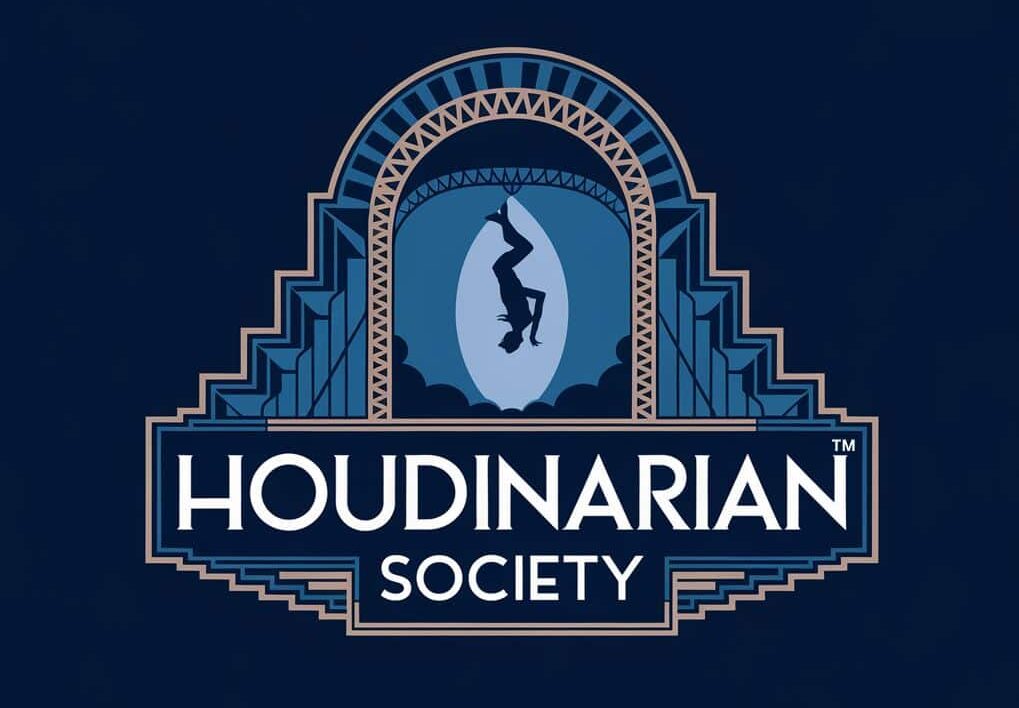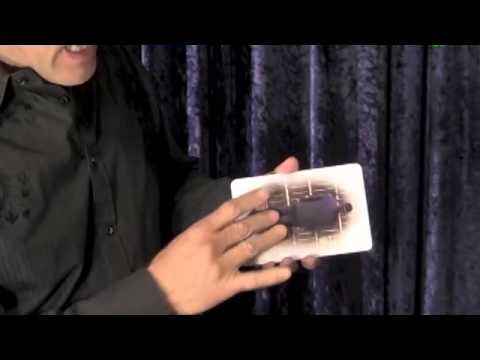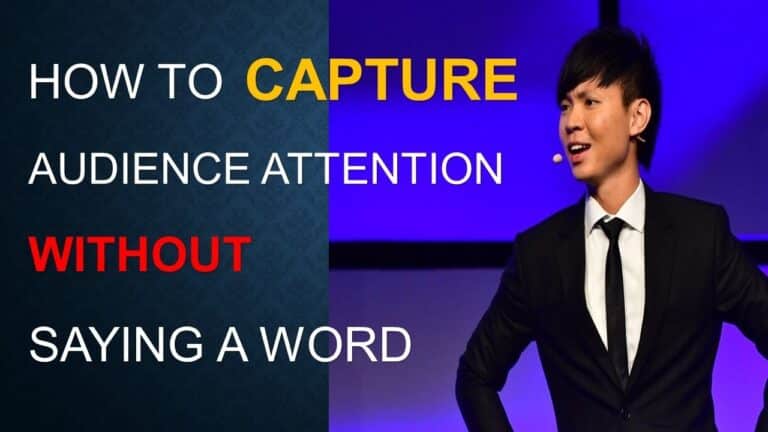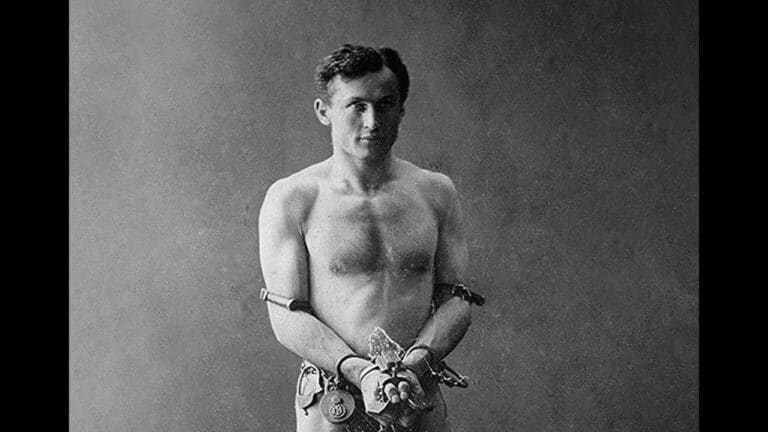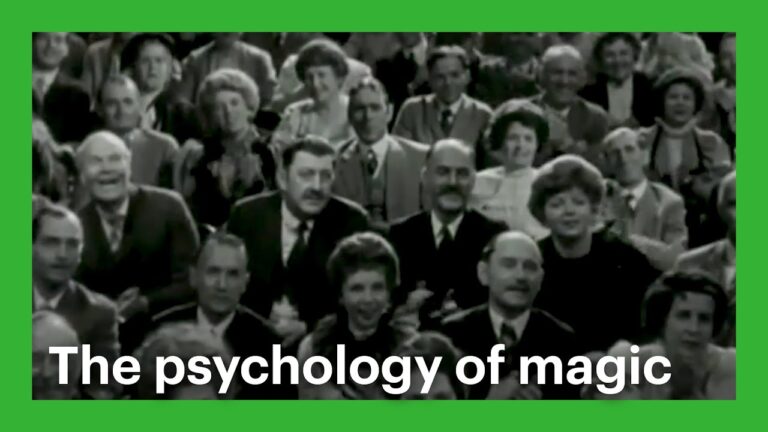Audience Engagement Strategies: Building a Connection for a Memorable Performance
Getting your audience truly invested in your event takes more than just putting on a good show.
When people feel connected and involved, they remember your performance long after it ends.
Creating memorable experiences requires a mix of cognitive, emotional, and behavioral engagement strategies. These strategies make your audience active participants rather than passive observers.
Your success depends on using proven methods to grab and keep attention.
From surprise giveaways to interactive polls, each technique serves to build energy and maintain enthusiasm throughout your event.
These tools help you create natural opportunities for participation while keeping your audience focused on your message.
Think of audience engagement as an ongoing conversation between you and your attendees.
When you combine technology with thoughtful participation incentives, you transform a standard presentation into an immersive experience.
Your attendees become collaborators in creating memorable moments that stick with them.
The Importance Of Audience Engagement In Magic Performances

Engaging your audience during magic performances creates an unforgettable experience that transforms simple tricks into powerful moments of wonder and connection.
A strong performer-audience bond amplifies the impact of every illusion and helps maintain attention throughout the show.
Psychological Principles Behind Audience Engagement
The human mind craves connection and participation.
When you establish rapport with your spectators, their investment in the performance deepens significantly.
Your eye contact, gestures, and direct interactions trigger their natural desire to be part of something special.
Magic works best when viewers feel personally involved. Their emotional investment heightens the impact of reveals and strengthens their memory of the experience.
Key psychological elements include:
- Anticipation building
- Pattern recognition
- Active participation
- Emotional investment
Benefits Of Strong Audience Connections
When you create meaningful connections with your audience, your magic becomes more than just tricks – it becomes an interactive journey.
Your spectators become active participants rather than passive observers.
Strong audience engagement leads to:
- Enhanced focus during performances
- Better retention of magical moments
- More enthusiastic reactions
- Increased word-of-mouth promotion
Your volunteers will remember their participation for years to come. Their genuine reactions help convince others of the impossibility they’ve witnessed.
Personal interactions make each show unique.
You adapt to your audience’s energy and responses, so no two performances will ever be exactly alike.
Historical Approaches To Audience Rapport

Magical performers in the early 20th century pioneered many of the audience engagement techniques still used today. Their methods created deep emotional connections that turned simple tricks into unforgettable experiences.
Houdini’s Techniques For Engaging Audiences
The great magician Harry Houdini used psychological techniques to build rapport with his spectators that went far beyond mere showmanship.
Houdini made eye contact with specific audience members during key moments of his act. This personal connection made each viewer feel like an integral part of the performance.
He mastered the art of building tension through carefully timed pauses and dramatic gestures. You could hear a pin drop as he prepared for his famous straitjacket escapes.
Key engagement elements Houdini employed:
- Direct audience challenges to test his abilities
- Physical positioning to command attention
- Strategic use of volunteers to create investment
- Voice modulation to control emotional response
Case Studies Of Houdini’s Most Memorable Performances
The 1916 suspended straitjacket escape in Times Square demonstrated Houdini’s genius for creating memorable event experiences.
He invited newspaper reporters to examine the restraints, building credibility and suspense. The massive crowd grew silent as he dangled nine stories above the street.
Houdini’s milk can escape in 1908 Detroit showcased his ability to maintain audience focus. He encouraged viewers to hold their breath along with him, creating a shared physical experience.
Notable elements that heightened engagement:
- Pre-show media involvement
- Crowd participation moments
- Time-based tension building
- Location selection for maximum impact
Verbal Techniques For Audience Engagement

Words have immense power to captivate and move people. The right verbal techniques can transform a routine presentation into an unforgettable experience that resonates with your listeners.
Effective Use Of Storytelling
Stories grab attention and make complex ideas relatable.
Craft narratives that connect emotionally with your audience while reinforcing your key messages.
Start with a strong hook that pulls listeners in immediately. Use vivid details and sensory language to paint mental pictures.
Structure your stories with these key elements:
- A clear beginning that sets the scene
- Rising action that builds tension
- A climax that delivers your message
- A resolution that ties back to your main point
Keep your stories brief and relevant. Your audience should easily see how the story connects to your topic.
The Power Of Humor And Wit
Strategic use of humor creates memorable moments and helps your audience stay focused.
Choose appropriate humor that matches your audience and topic.
Sprinkle light moments throughout your presentation:
- Self-deprecating anecdotes
- Clever wordplay
- Relatable observations
- Brief amusing examples
Read your audience’s reactions. Then, adjust your humor level based on their responses.
Interactive Dialogue And Questions
Incorporate dynamic two-way communication to keep your audience mentally active.
Ask targeted questions that encourage participation.
Use these questioning techniques:
- Open-ended questions that spark discussion
- Rhetorical questions that make people think
- Poll-style questions to gauge understanding
Give your audience time to process and respond. Then, acknowledge contributions positively.
Create designated moments for audience input. This helps maintain presentation flow while ensuring meaningful interaction.
Non-Verbal Methods To Connect With The Audience
Your body speaks before your voice does. Non-verbal communication makes up 93% of your message and creates an instant bond with your audience.
Body Language And Gestures
Your stance needs to project confidence and openness.
So, keep your feet shoulder-width apart and your arms relaxed at your sides when not gesturing.
Use purposeful movements to emphasize key points. Make your gestures broad and deliberate, extending from your body rather than keeping them close.
Match your gestures to your words. When you talk about growth, move your hand upward. When discussing connection, reach toward your audience.
Avoid crossing your arms, putting hands in pockets, or fidgeting with objects. These habits create barriers between you and your listeners.
Eye Contact And Facial Expressions
Making genuine eye contact creates trust and maintains audience attention.
Scan the room in a natural pattern, holding eye contact with individuals for 3-5 seconds each.
Smile authentically when appropriate. Your facial expressions should match your message – show enthusiasm during positive points and concern during serious topics.
Break the room into sections and give each equal attention. This technique ensures everyone feels included and valued.
The Role Of Stage Presence
Command your space with confident movement.
Step forward when making important points and backward when transitioning to new topics.
Speaking from the heart requires physical presence that matches your emotional intensity.
So, let your passion show through your posture and energy level.
Own your performance space. Move with purpose between different areas of the stage to keep the audience’s attention and create visual interest.
Use pauses and stillness strategically. A moment of complete stillness can create powerful emphasis and draw focus to your words.
Modern Adaptations Of Houdini’s Techniques
Harry Houdini’s marketing strategies revolutionized audience engagement. Today’s performers blend his proven methods with cutting-edge approaches to create unforgettable experiences.
Incorporating Technology Into Performances
LED walls and projection mapping let you create immersive backdrops that enhance classic illusions.
Live camera feeds displayed on large screens give every audience member a close-up view of intricate sleight-of-hand.
Virtual reality headsets now allow viewers to experience impossible perspectives during levitation acts. Motion sensors and computerized timing systems make dangerous escapes more precise while maintaining suspense.
Key Technical Elements:
- Real-time audience interaction through mobile apps
- Digital props that respond to performer movements
- Smart stage lighting that syncs with magical effects
Personalizing The Experience For The Audience
Modern magicians draw inspiration from Houdini’s showmanship by involving viewers directly in their acts.
You can select volunteers through random electronic selection to ensure fairness.
Create memorable moments by incorporating personal details about audience members into your routines. These details can be gathered through pre-show surveys or social media.
Use planted cameras and microphones to capture genuine reactions, displaying them later in your show for dramatic effect.
Utilizing Social Media For Pre- And Post-Show Engagement
Build anticipation by sharing behind-the-scenes glimpses of your preparation process.
Create short video teasers that showcase small portions of upcoming illusions.
Instagram polls and Twitter votes let audiences influence show elements in real-time. Live streaming portions of your performance reaches viewers who couldn’t attend in person.
Effective Social Platforms:
- TikTok for quick trick tutorials
- YouTube for extended performance clips
- Instagram Stories for daily practice updates
Share audience reaction videos with permission to build credibility and excitement for future shows.
Transforming Passive Spectators Into Active Participants
Modern performances thrive on audience involvement and engagement. Live shows become more dynamic when viewers feel connected and take part in the experience.
Creating Interactive Elements In The Performance
You can add simple response moments where the audience claps or snaps along to key beats. These natural interactions help break down barriers between performers and viewers.
Interactive experiences using technology like motion-sensing displays or mobile apps let audiences affect the show in real-time.
Set up designated moments for the crowd to join in with specific movements, sounds, or call-and-response segments. This builds anticipation and keeps viewers alert.
Techniques To Encourage Audience Participation
Make direct eye contact and use welcoming gestures to invite participation. Clear verbal cues help viewers know when and how to engage.
Transform passive observers by asking simple yes/no questions or having them repeat short phrases.
Physical space matters too. Consider these proven layout options:
- Circular seating for better group dynamics
- Removing barriers between stage and seats
- Creating aisles for performer movement
- Adding standing areas for natural movement
Managing Audience Reactions And Feedback
Read the room’s energy level and adjust your approach.
If participation feels low, start with smaller engagement requests before building to bigger ones.
Create meaningful experiences by acknowledging and positively reinforcing audience contributions.
Use hand signals or lighting changes to guide participation intensity. This helps maintain control while keeping the audience involved.
Have backup plans ready for different response levels. You might need to simplify complex participation segments if the crowd seems hesitant.
Practical Tips For Enhancing Stage Presence
Strong stage presence transforms ordinary performances into unforgettable experiences. It combines confidence, authentic expression, and a genuine connection with your audience.
Building Confidence And Overcoming Stage Fright
Start by practicing deep breathing exercises 30 minutes before your performance. This helps calm your nerves and centers your mind.
Simple Pre-Performance Routine:
- Arrive early to familiarize yourself with the space
- Do light stretching to release physical tension
- Run through your material once in private
- Visualize a successful performance
Your posture speaks volumes. Stand tall with your shoulders back and head high. This projects confidence and helps you feel more secure.
Remember that some nervousness is normal. Channel that energy into enthusiasm for your performance.
Continuous Improvement Through Practice And Feedback
Record your performances and watch them with a critical eye. Pay attention to your movement, vocal delivery, and audience reactions.
Create a practice schedule that includes:
- 20 minutes daily for vocal exercises
- Mirror work to perfect facial expressions
- Weekly run-throughs with a small test audience
Ask trusted colleagues for honest feedback about your stage presence techniques. Focus on one improvement area at a time.
Learning From Other Successful Performers
Watch recordings of skilled performers in your field. Notice how they handle transitions, audience interaction, and unexpected situations.
Study specific elements like:
- Body language and movement patterns
- Voice modulation and timing
- Audience engagement methods
Effective performers create moments of connection. Try incorporating their successful techniques into your own unique style.
Take notes during live performances. Watch how experienced artists command attention and maintain energy throughout their shows.
Contents
- 1 The Importance Of Audience Engagement In Magic Performances
- 2 Historical Approaches To Audience Rapport
- 3 Verbal Techniques For Audience Engagement
- 4 Non-Verbal Methods To Connect With The Audience
- 5 Modern Adaptations Of Houdini’s Techniques
- 6 Transforming Passive Spectators Into Active Participants
- 7 Practical Tips For Enhancing Stage Presence
